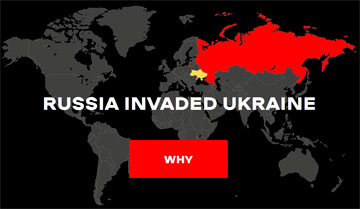#VU33099 Stack-based buffer overflow - CVE-2014-0978
Vulnerability identifier: #VU33099
Vulnerability risk: High
CVSSv4.0: 8.1 [CVSS:4.0/AV:N/AC:L/AT:N/PR:N/UI:N/VC:H/VI:H/VA:H/SC:N/SI:N/SA:N/E:U/U:Amber]
CVE-ID:
CWE-ID:
CWE-121
Exploitation vector: Network
Exploit availability: No
Description
The vulnerability allows a remote attacker to execute arbitrary code on the target system.
The vulnerability exists due to a boundary error within the yyerror function in lib/cgraph/scan.l when processing a long line in a dot file. A remote unauthenticated attacker can trigger stack-based buffer overflow and execute arbitrary code on the target system.
Successful exploitation of this vulnerability may result in complete compromise of vulnerable system.
Mitigation
Cybersecurity Help is currently unaware of any official solution to address this vulnerability.
External links
https://seclists.org/oss-sec/2014/q1/28
https://seclists.org/oss-sec/2014/q1/38
https://secunia.com/advisories/55666
https://secunia.com/advisories/56244
https://www.debian.org/security/2014/dsa-2843
https://www.mandriva.com/security/advisories?name=MDVSA-2014:024
https://www.securityfocus.com/bid/64674
https://bugs.gentoo.org/show_bug.cgi?id=497274
https://bugzilla.redhat.com/show_bug.cgi?id=1049165
https://exchange.xforce.ibmcloud.com/vulnerabilities/90085
https://github.com/ellson/graphviz/commit/7aaddf52cd98589fb0c3ab72a393f8411838438a
https://security.gentoo.org/glsa/201702-06
Q & A
Can this vulnerability be exploited remotely?
Yes. This vulnerability can be exploited by a remote non-authenticated attacker via the Internet.
Is there known malware, which exploits this vulnerability?
No. We are not aware of malware exploiting this vulnerability.
